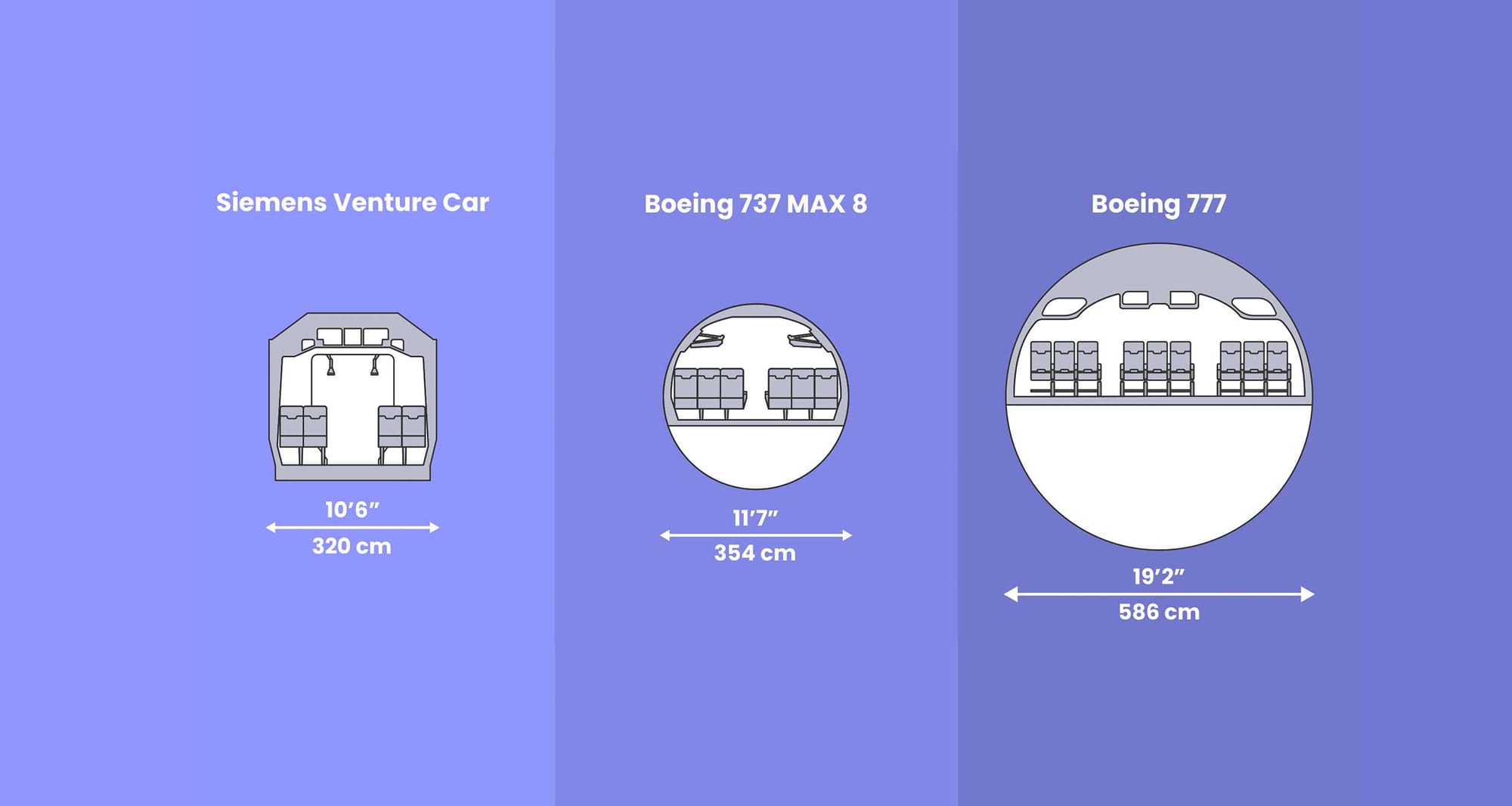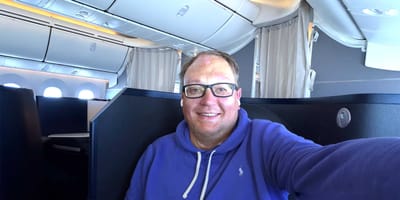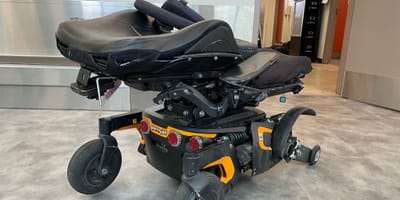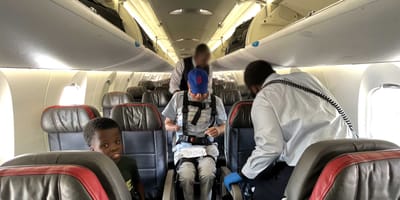Many airline industry insiders have contended that aircraft cabins are space-constrained environments that are too difficult and too small to adjust for wheelchair accessibility. That premise is difficult to accept given some recent developments in aircraft cabin design, which have added space-hogging luxury features on some aircraft.
Space-hogging features in premium cabins are on the rise, while accessibility decreases
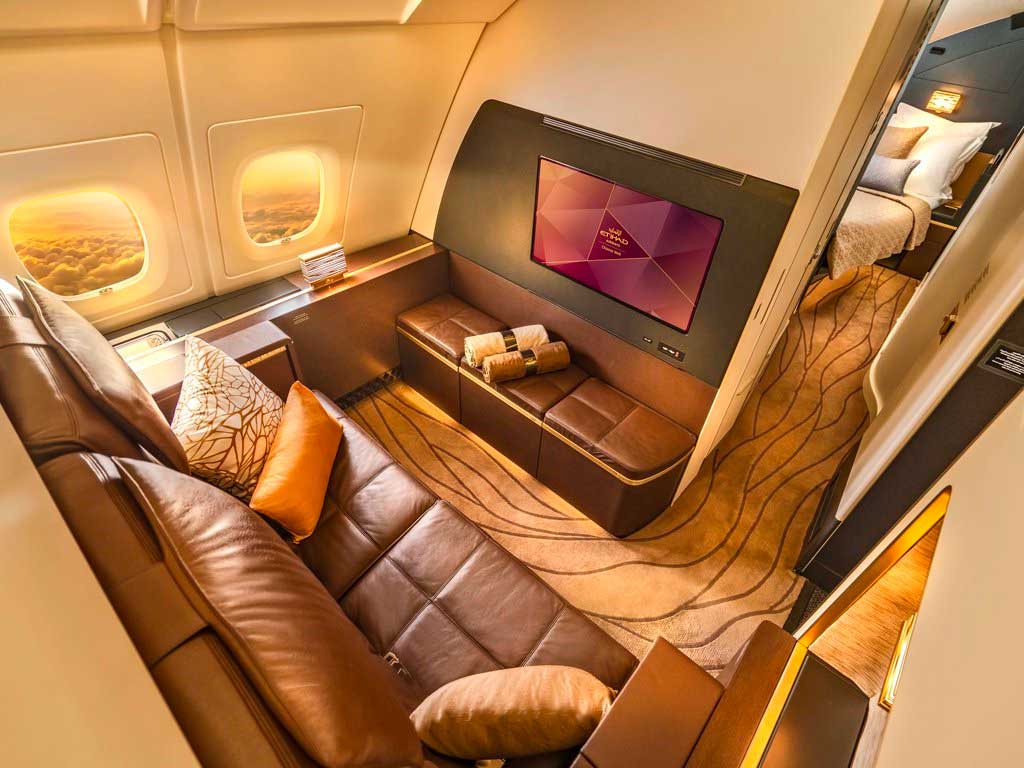
Etihad Airways’ Residence is described as “the world’s only three-room suite in the sky” and features “a dedicated bedroom, bathroom and living room” that takes up a large amount of cabin space. Etihad Airways’ Airbus A380 aircraft also features a shower for first class passengers.
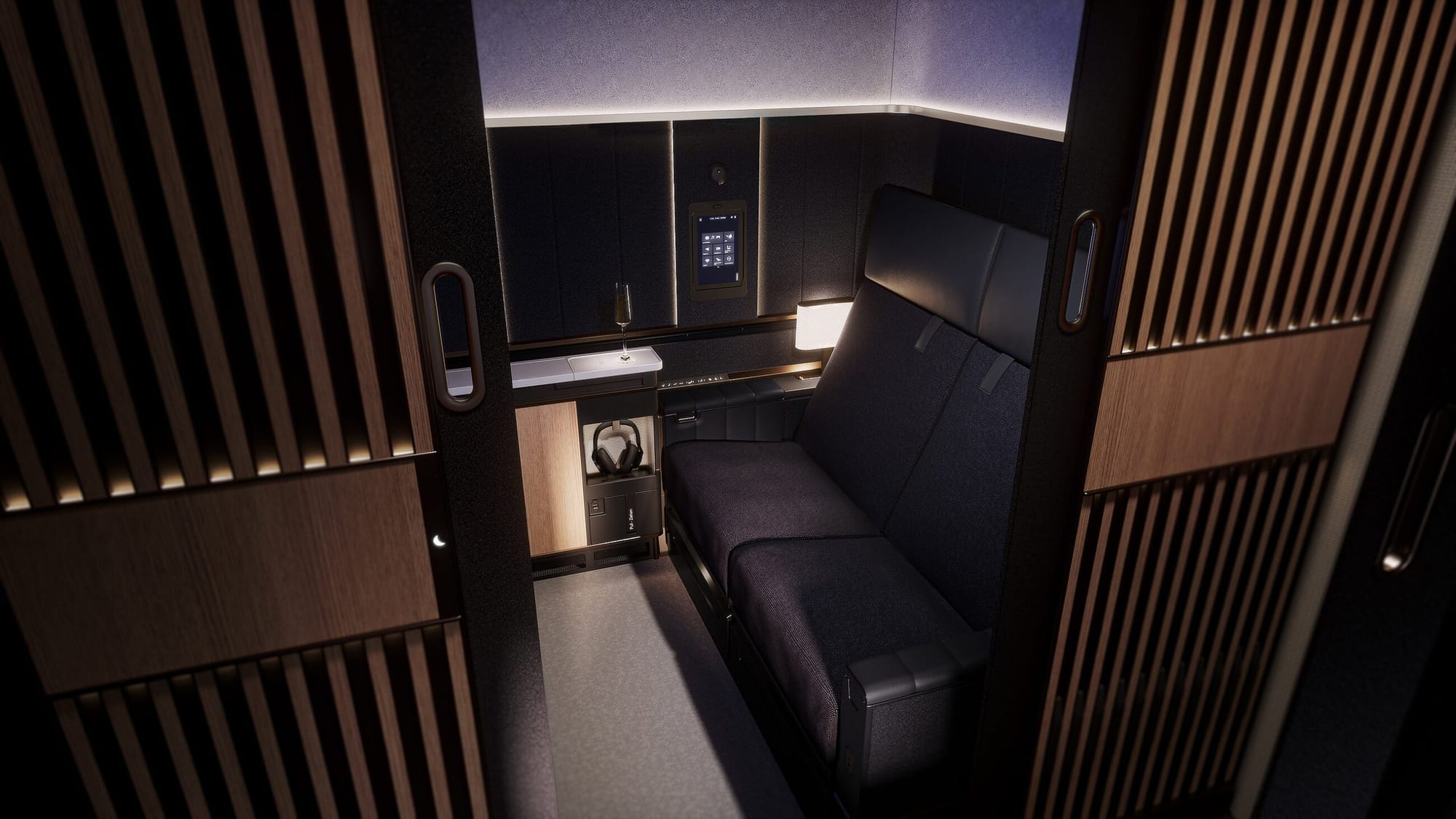
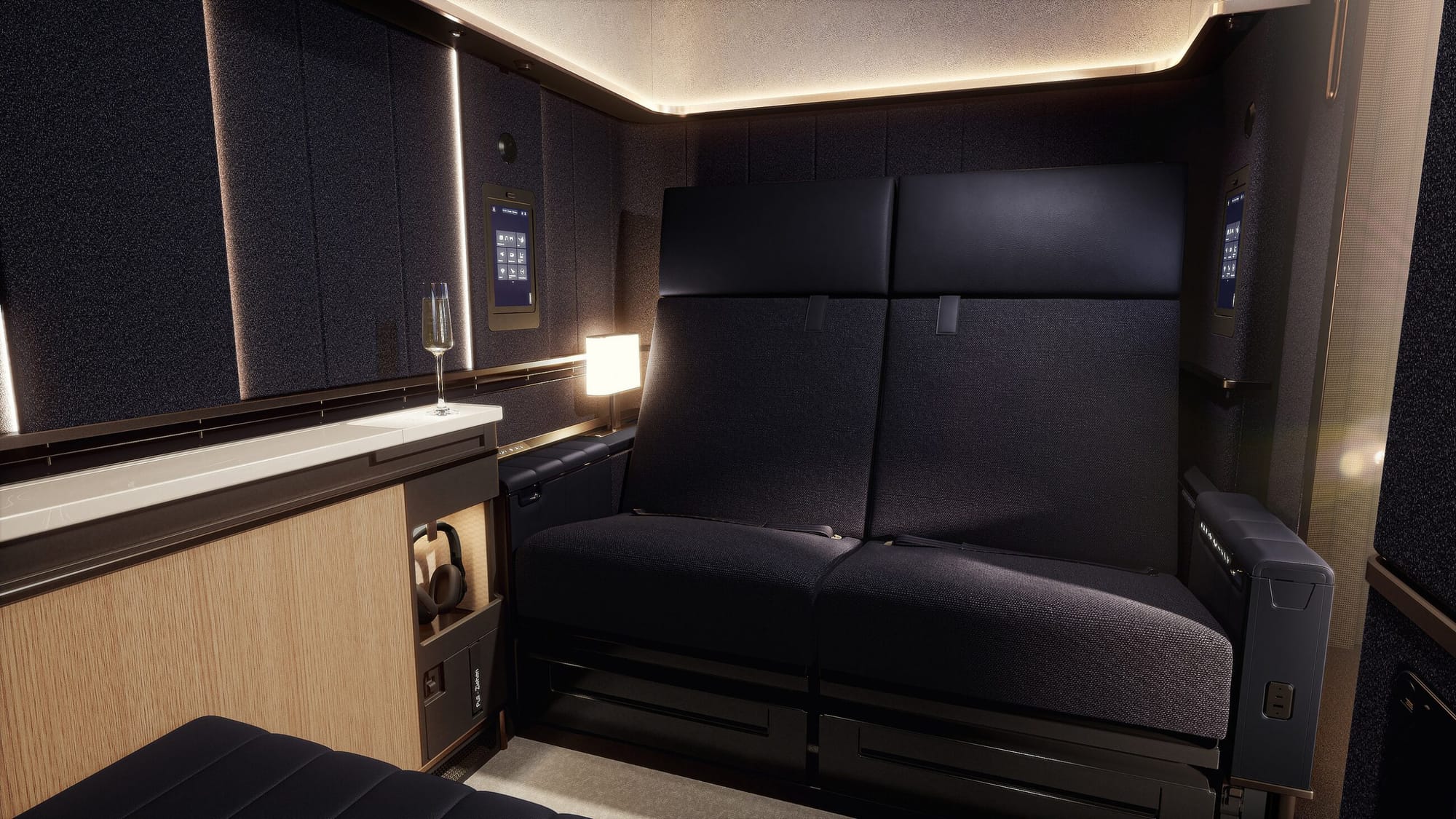
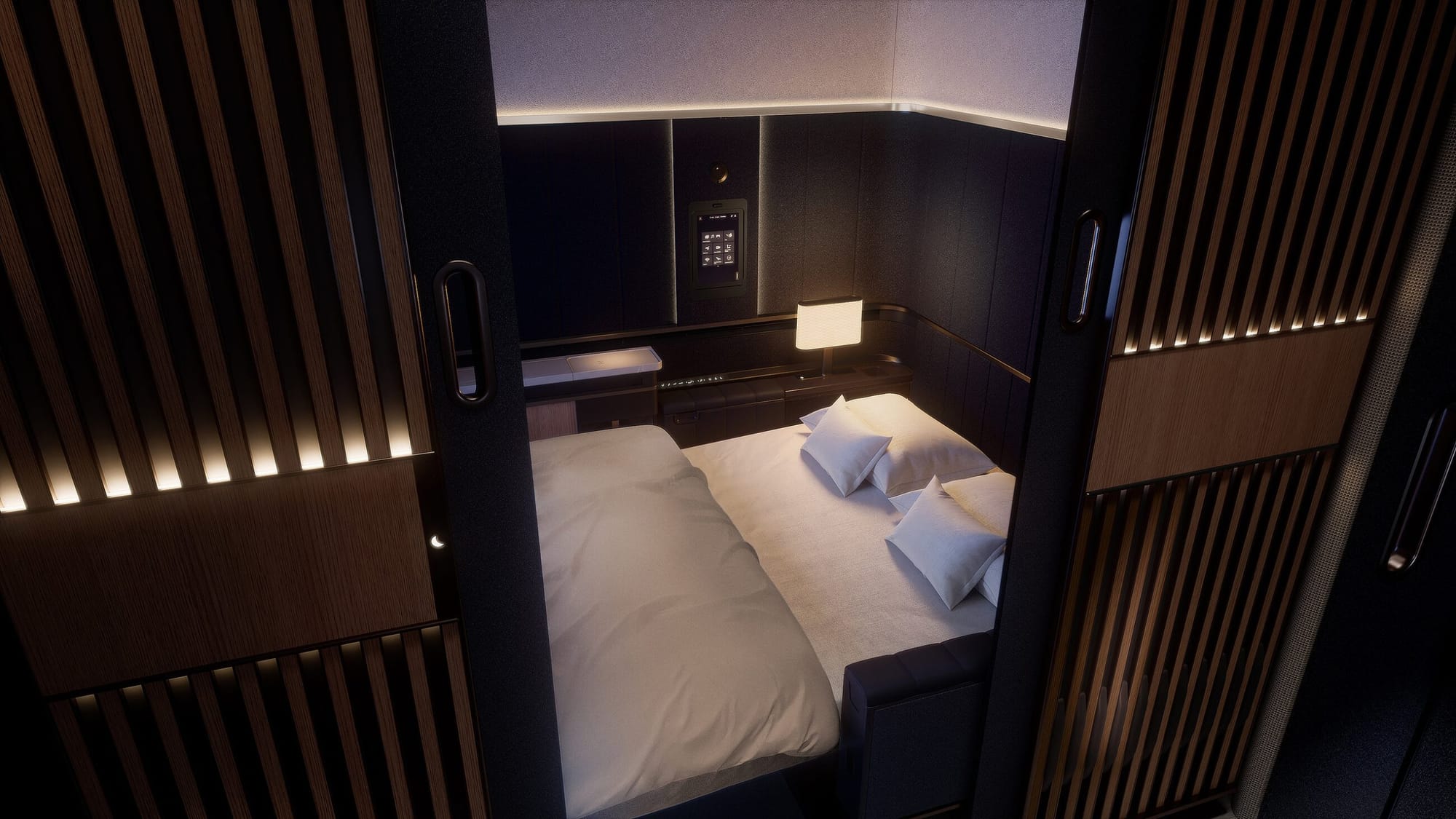
Lufthansa’s Allegris First Class Suite Plus is a single oversized suite with a full double bed that occupies the center space between two aisles on wide body aircraft like the Airbus A350-900. Roughly 9 economy class seats could fit within the extravagant suite. According to Lufthansa CEO Jens Ritter, “The First Class Suite Plus conveys the feeling of privacy and individuality similar to a hotel room – only at an altitude of eleven kilometers.”
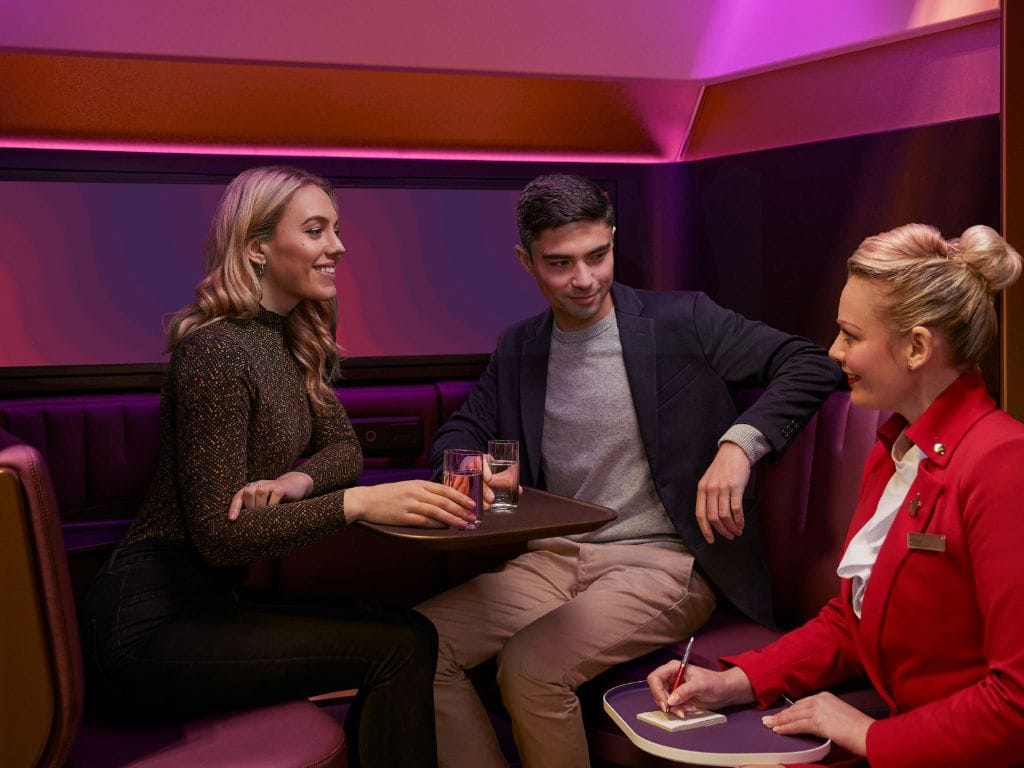
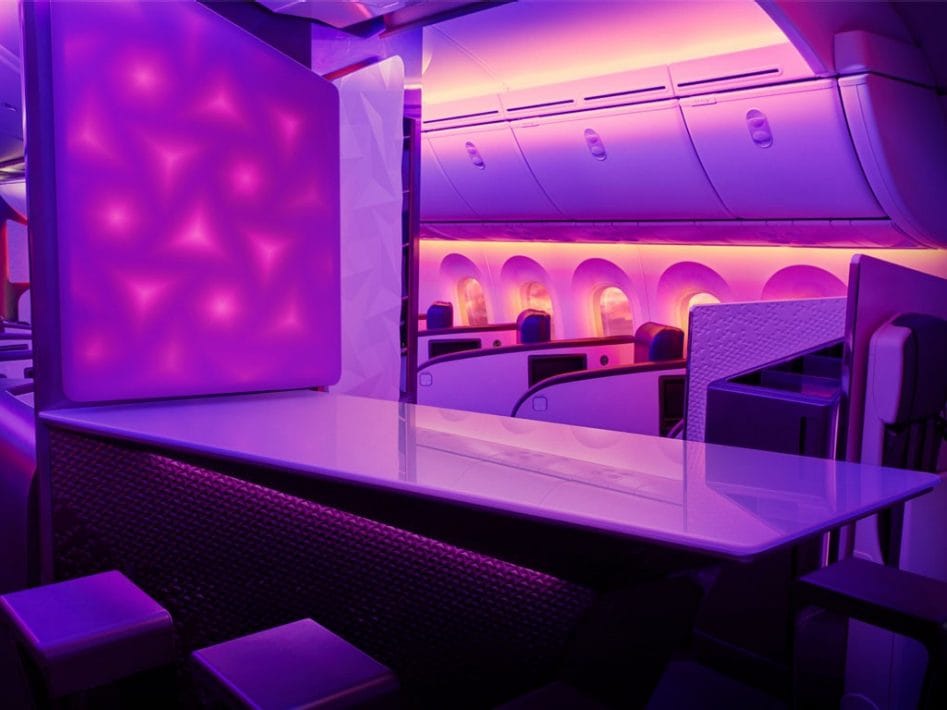
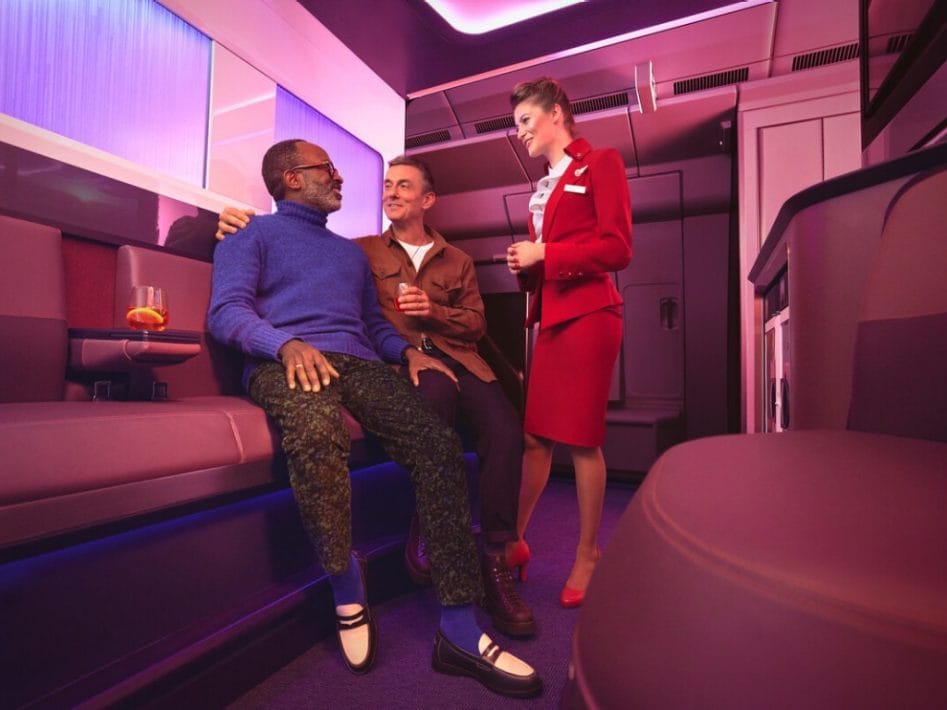
Virgin Atlantic’s Booth, Bar and Loft, exclusive lounge areas reserved for Upper Class passengers, each take up space suitable to accommodate one or more full-size power wheelchairs.
Expanded luxury seating and social spaces, which reduce the seating capacity of the aircraft, are not a modern invention and have existed since the dawn of long-distance air travel.

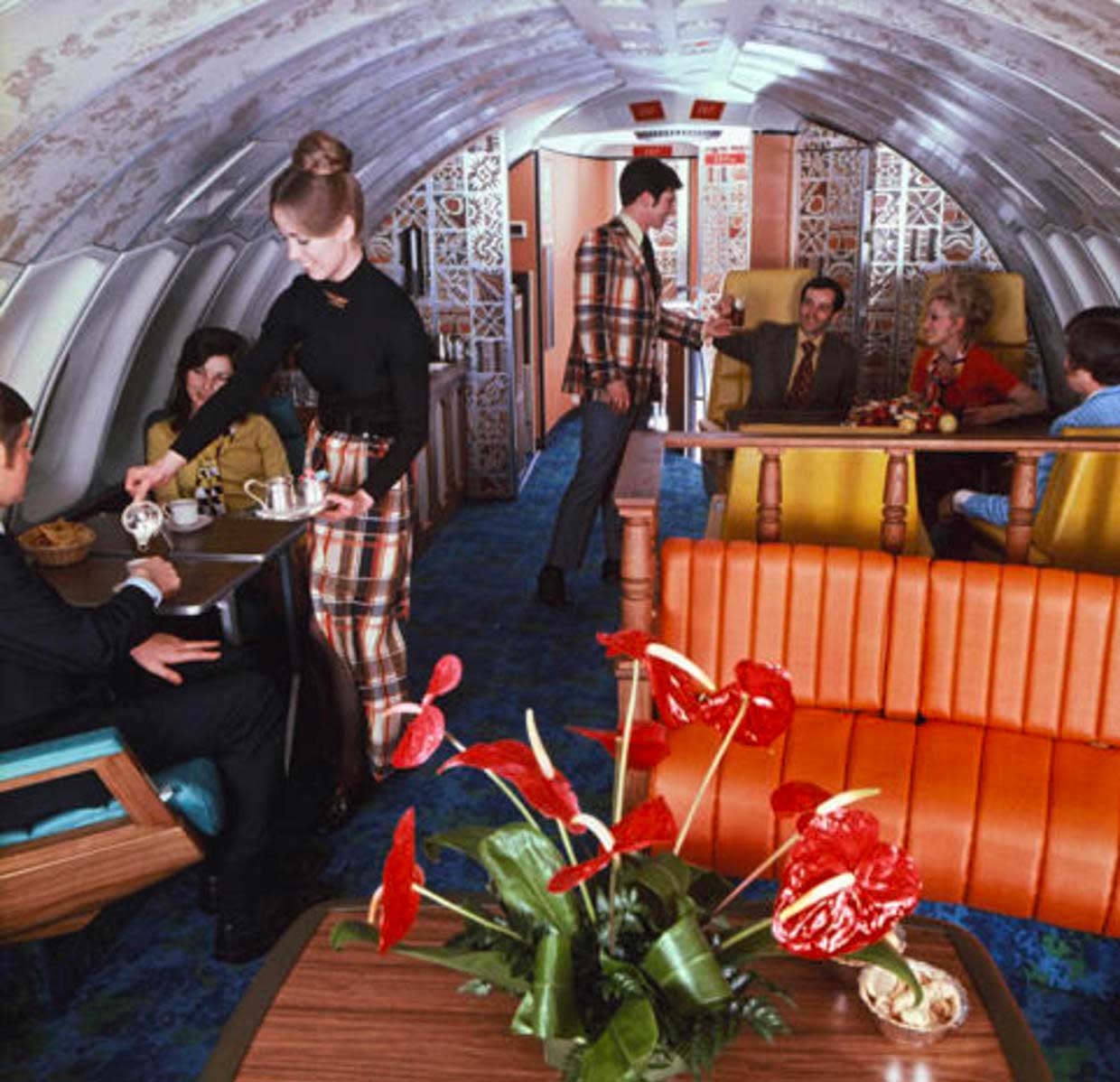
Take the lounge area of United’s first Boeing 747 as an example, which utilized the upper deck not for seating, but as a place for passengers to roam and relax, with sofas, chairs and cocktail tables aplenty.
A credenza used for displaying magazines and newspapers in Pan Am’s 1980s-era first class cabin on the Boeing 747 would have been large enough to accommodate a modern power wheelchair. Though space is limited in aircraft cabins, carriers have a longstanding tradition of utilizing it for luxury features rather than for accessibility enhancements.
This embarrassment of riches reveals priorities grossly out of order — disabled travelers are forced to hand over their mobility equipment, risking that it may be returned damaged or unusable, while passengers sip cocktails not only from lay-flat business class seats, but from bar stools, restaurant-style booths, and sofas.
Modern trains are significantly smaller than single aisle aircraft, yet offer accessible bathrooms and wheelchair spaces
We need look no further than the Siemens Venture Cars utilized by Amtrak and Brightline to understand why space constraints are not a justification for inaccessibility. New Amtrak and Brightline trains built on the Siemens platform offer space for wheelchairs throughout the rail car and large, accessible bathrooms.
The following graphic highlights the size differences between the Siemens Venture Car and the most popular single-aisle and wide body aircraft types, the Boeing 737 and Boeing 777.
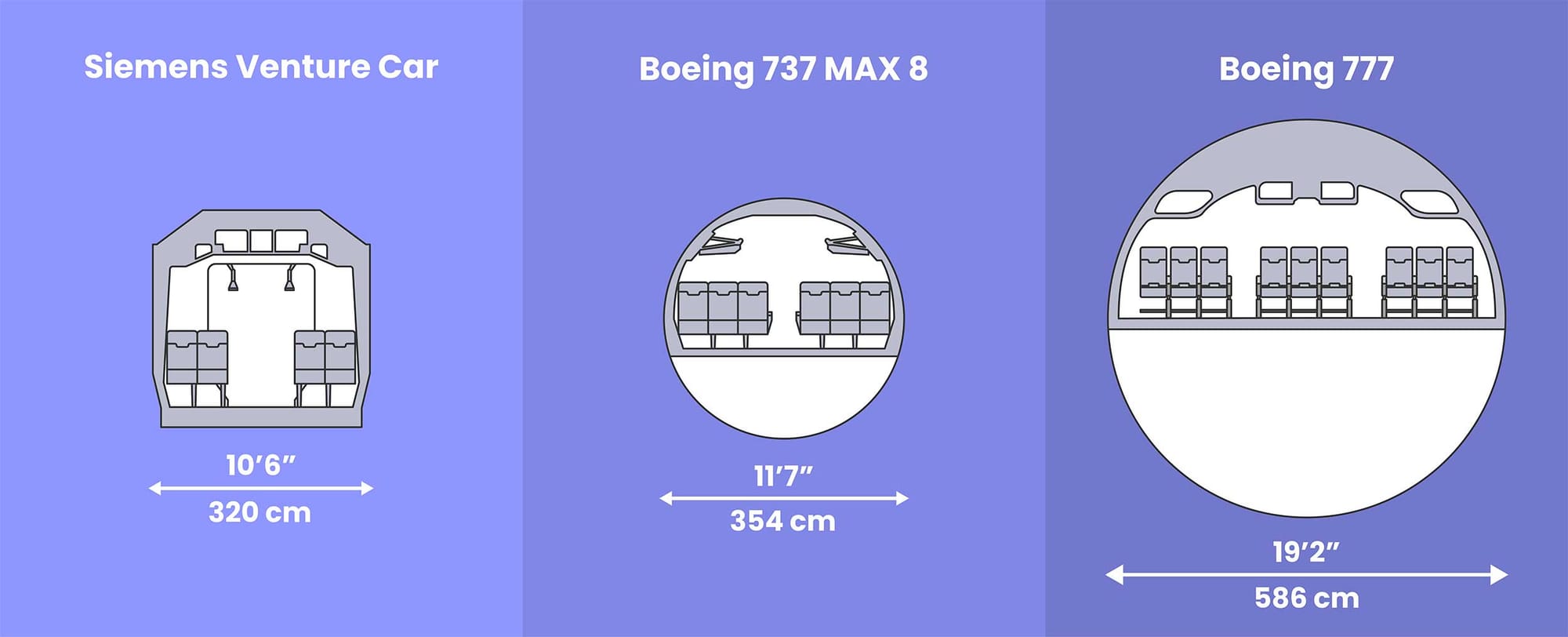
The rail car’s cabin is more than a foot narrower than the Boeing 737, while the Boeing 777 is nearly double its width. The fact is, there is more usable space available in an aircraft cabin than inside a rail car.
Critics will point out that Amtrak seating is arranged in a 2-2 configuration, while the Boeing 737 is traditionally arranged in a 3-3 configuration in economy class. First class cabins on the Boeing 737 are traditionally arranged in a 2-2 configuration, such as on the American Airlines Boeing 737-800 pictured below.

The Air4All wheelchair securement prototype demonstrated by Delta Flight Products in 2023, designed to maintain present seating capacity on single aisle aircraft like the Boeing 737, would likely be installed in the first class cabin.
Seat densification has added tens of seats that did not previously exist
Airline lobbyists routinely oppose any regulation that may require the removal of seats — predicting disastrous consequences to carriers’ bottom lines and suggesting that fares would skyrocket. Setting that fear-mongering aside for a moment, let’s have a quick reality-check on airline seat counts, which have increased substantially over the past decade.
In the past 10 years, American Airlines has increased seat count on its Boeing 737-800 aircraft by nearly 15%.
Prior to its 2013 merger with U.S. Airways, American Airlines operated hundreds of Boeing 737-800 aircraft, each with 150 seats. Today, after two separate rounds of densification in 2014 and 2020, those same aircraft now have 172 seats, an increase of 22 seats or more than three and a half rows.
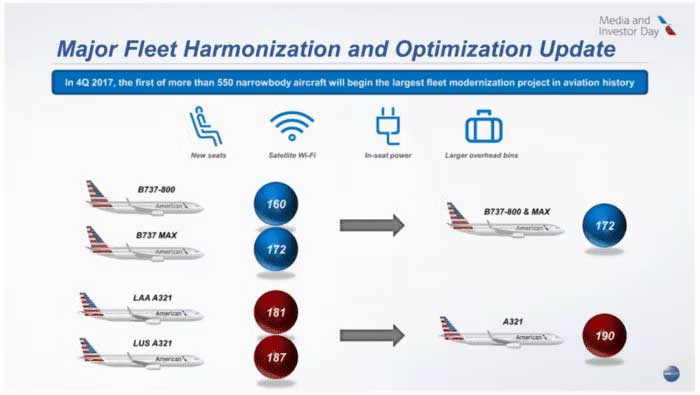
Space for those additional seats came by reducing the distance between rows and by shrinking lavatories to make them smaller and significantly less accessible. Ironically, the airline code-named its latest seat densification effort “Oasis.”
Similar densification efforts have occurred on wide body aircraft like the Boeing 777, where many carriers including American and United have increased the number of economy class seats in each row from 9 to 10-abreast.
Planes aren’t actually full; DOT data shows passenger load factors hover around 85%
Despite reports of sold-out flights and rising travel demand, DOT statistics reveal that the average passenger load factor on scheduled flights from November 2022 through October 2023 was just 83.68% — meaning more than 16% of all available airline seats were left unsold. In full-year earnings report, American Airlines reported an average load factor of 83.5% in 2023.
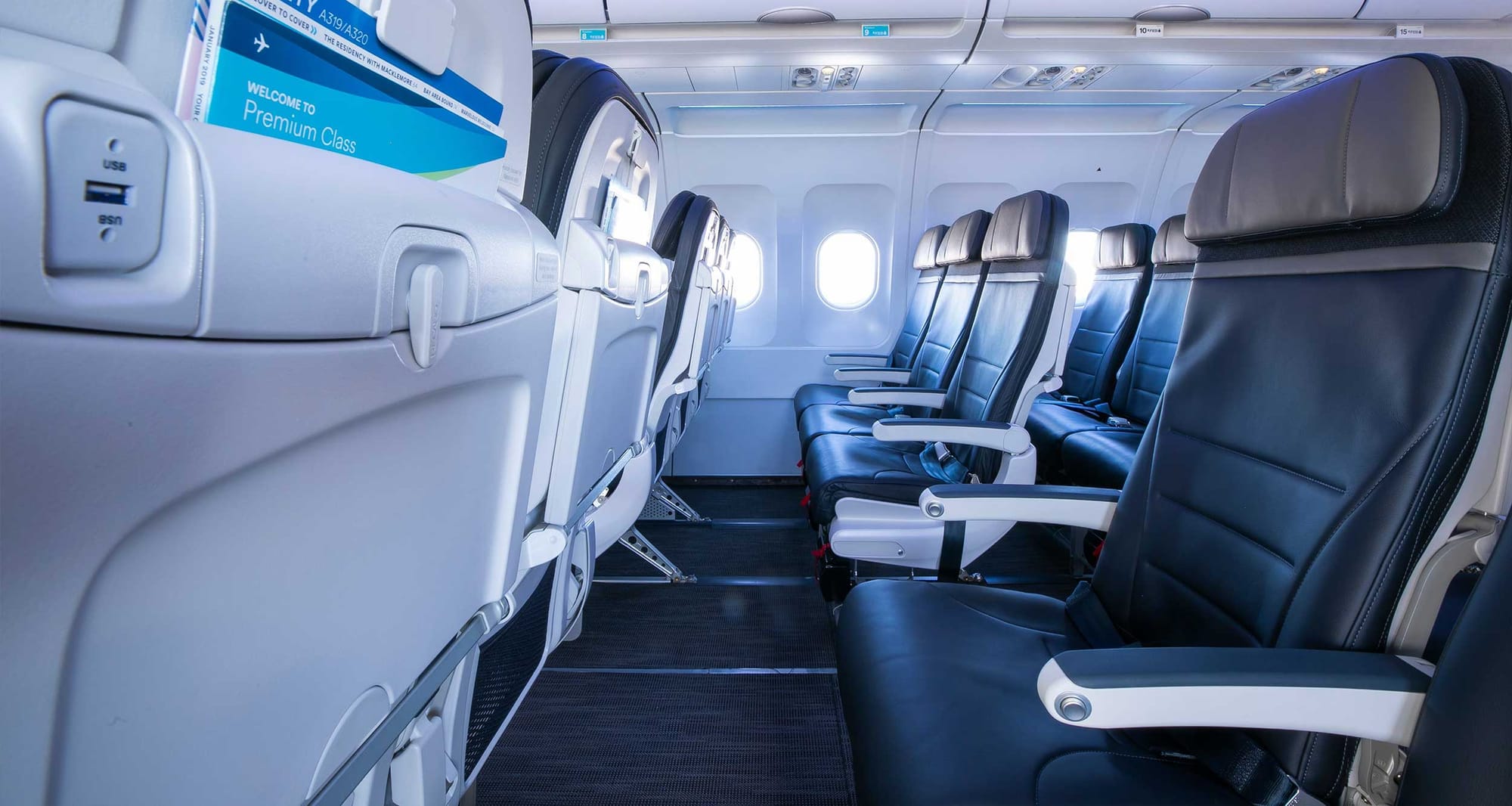
Removing just 5% of seats (8 seats) from American’s Boeing 737 could make space for a dedicated wheelchair securement location and wheelchair accessible lavatory. The carrier would still have twice that many seats unsold on average, and 14 more seats on that aircraft type than before its merger with US Airways.
While many individual flights do sell out, that excess demand could be allocated to other departures where seats remain unsold. Consumers look for alternatives in sold-out situations, and we need look no further than Greyhound Bus, which is required to remove seats to make space for wheelchair users. When a wheelchair user books a Greyhound ticket, six standard seats are removed from inventory, which increases the likelihood of a sellout. When that occurs, nondisabled passengers may look to earlier or later departures on the same or an alternate route.
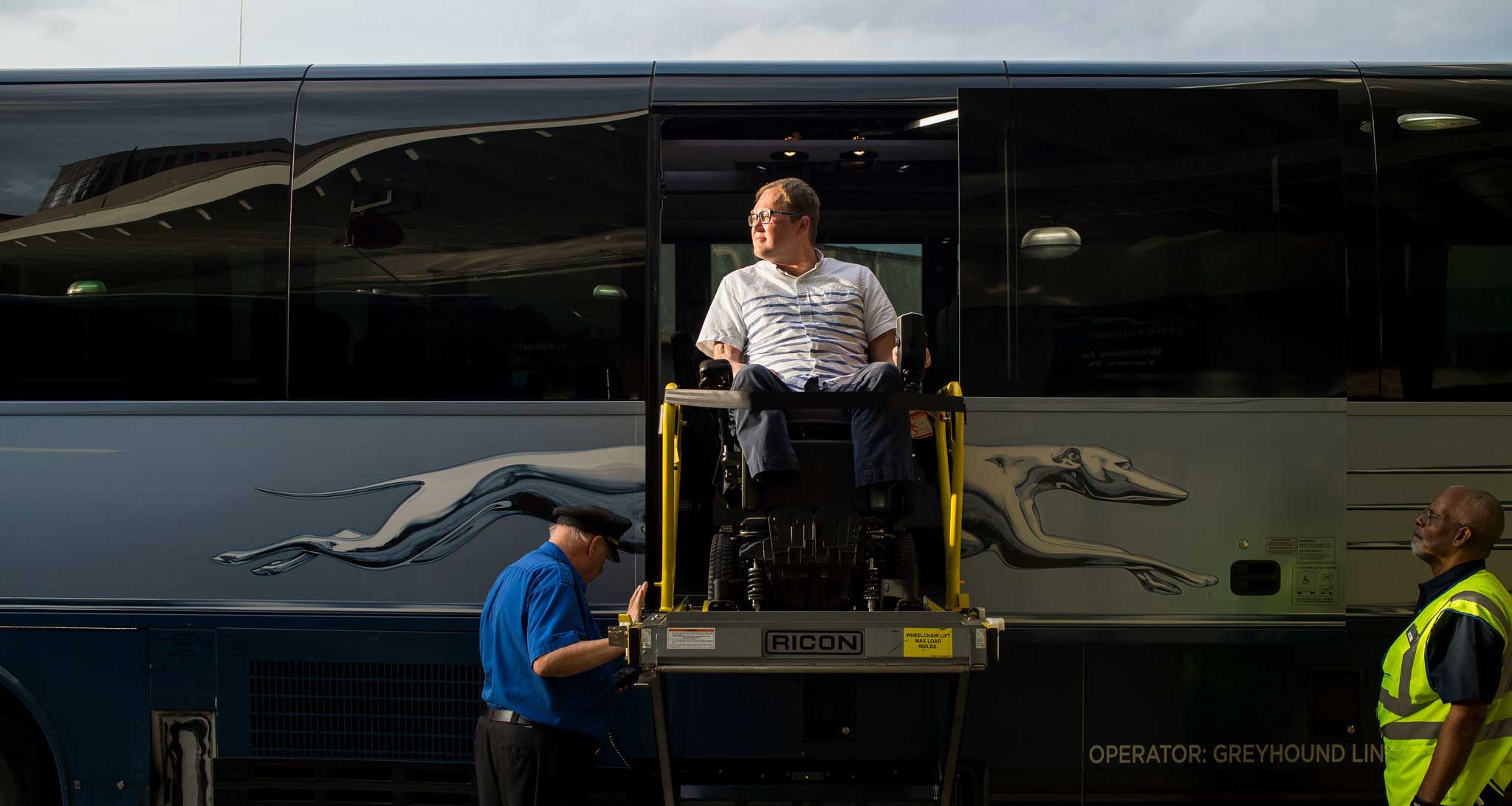
Given the adaptability of bus seating, the full complement of seats remain available when the wheelchair securement spaces are not in use. The same could be true for aircraft, with concepts like the Air4All prototype promising to balance wheelchair accessibility with the maximization of seating.
It’s time to get serious about what constitutes an “accessible” airplane bathroom
Although I have covered so-called wheelchair accessible airplane lavatories in great detail, none of them are actually wheelchair accessible. They may be large enough to accommodate to an aisle chair, but none are large enough for a standard- or full-sized wheelchair of any type. They lack sufficient grab bars and prove difficult if not dangerous to use for many disabled travelers.
The U.S. Department of Transportation and Secretary Pete Buttigieg announced regulatory changes to accessible lavatory design, but those regulations do not bring true accessibility and will be outdated long before they take effect.
Airplane bathrooms should be made as accessible as those on the ground, by whatever means necessary.
The Siemens Venture Car adopted by Amtrak and Brightline features a large, accessible bathroom with space for a power wheelchair, sturdy grab bars and a roll-under sink. Such a facility would fit on a Boeing 737, and should be adopted as a mandatory feature on commercial aircraft.
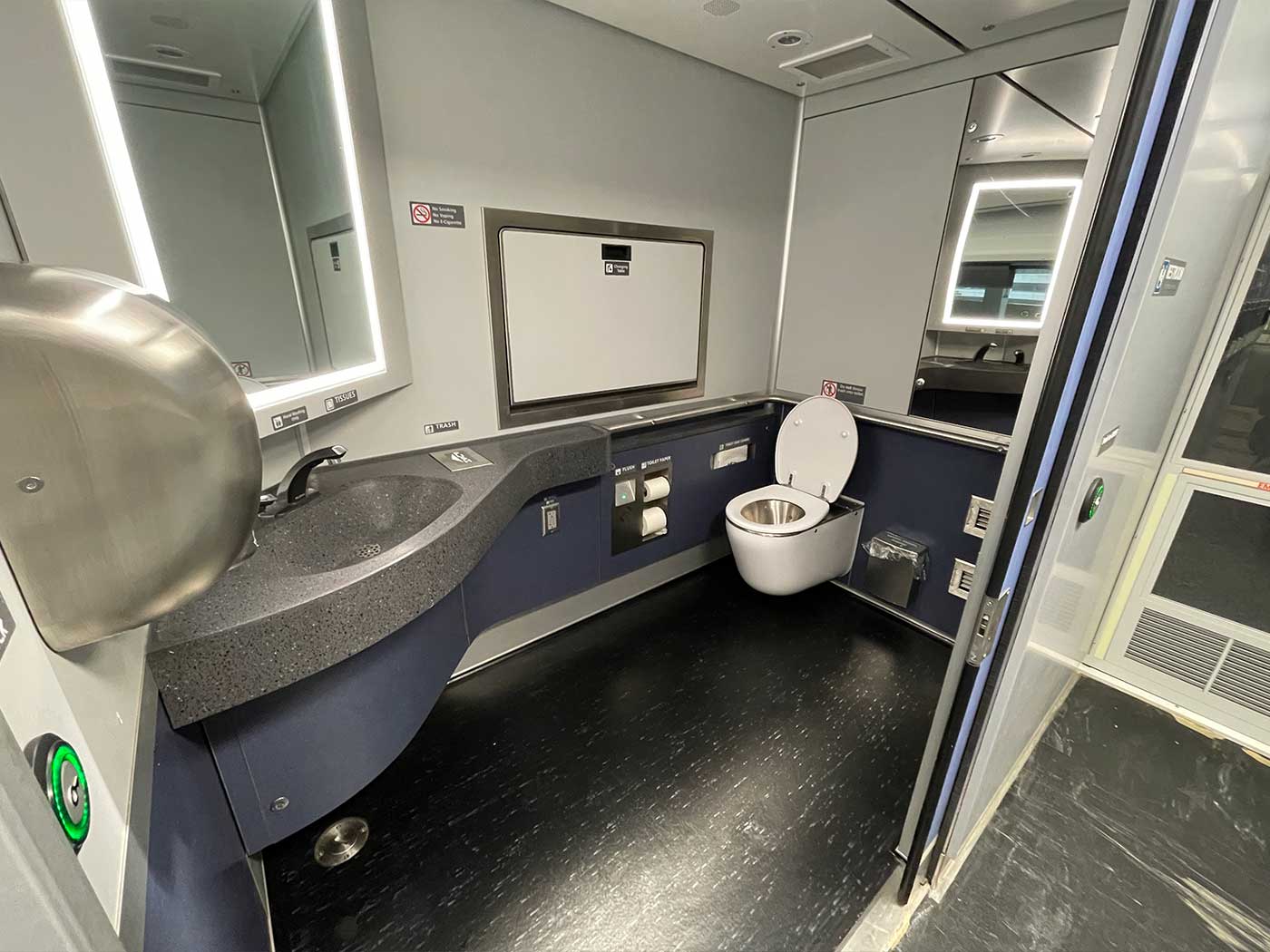
While removing seats from an aircraft would free up the necessary space, airlines could also reduce the number of lavatories onboard and reallocate that space for a larger accessible facility. Most Boeing 737 aircraft have three lavatories — reducing that number to two and removing one row of seats would provide more than enough cabin space for an Amtrak-style bathroom in the air — one that would accommodate the disabled passenger and his/her own mobility device.
Final Thoughts
Without a wheelchair securement space and a truly accessible bathroom on airplanes, commercial air travel will continue to be a discriminatory business that excludes disabled people and denies their civil right to equal access.
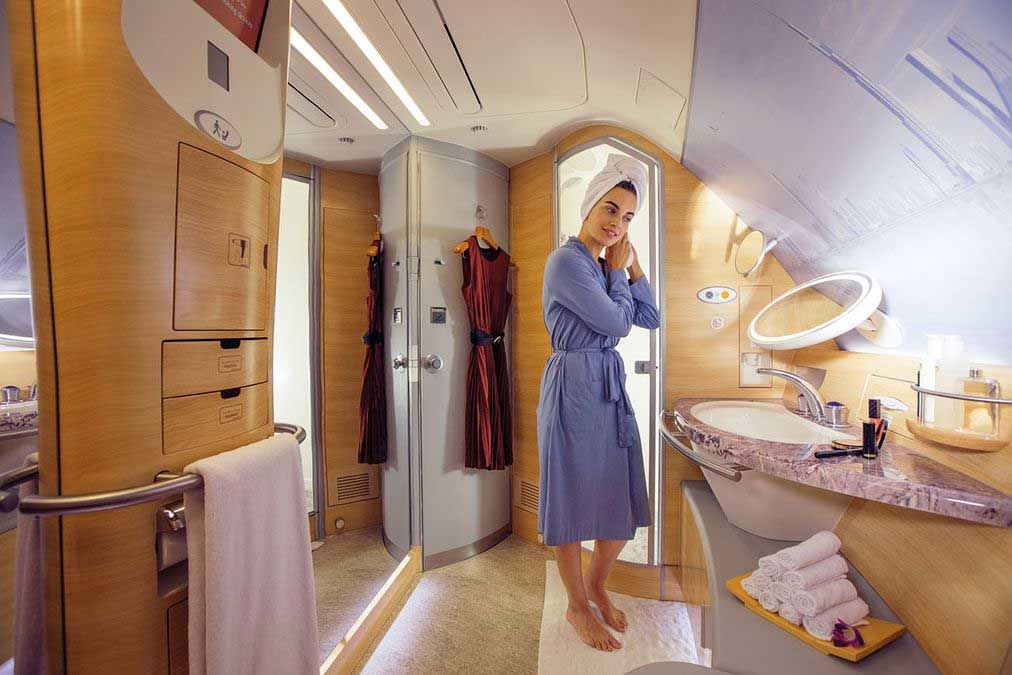
The time for “baby steps” on accessibility in air travel is over — the resistance to accessibility mandates should have ended when carriers chose to install, take your pick, suites with doors, a double bed, the three-bedroom “residence,” full-size bars, or showers on airplanes. Nondisabled passengers can take a hot shower in the sky, but there is still not a wheelchair securement space or accessible toilet? Wake up, regulators.

